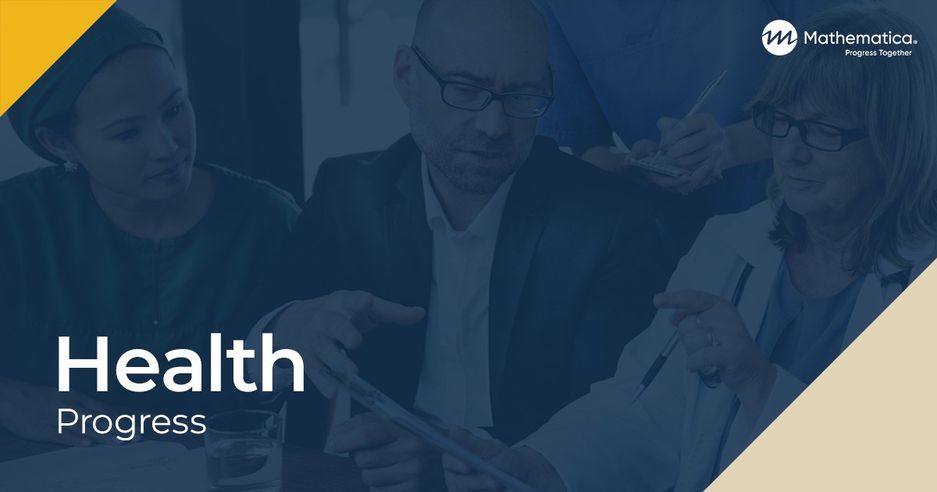Promoting Readiness of Minors in Supplemental Security Income (PROMISE): New York State PROMISE Process Analysis Report
Download
Associated Project
Evaluation of the Promoting the Readiness of Minors in Supplemental Security Income PROMISE Grants
Prepared for:
Social Security Administration
Key Findings
Key Findings:
- NYS PROMISE operated in three regions of the state: the Capital Region, Western New York, and New York City. The Research Foundation for Mental Hygiene (RFMH) led the day-to-day implementation of the program and shared leadership responsibilities with Cornell University’s K. Lisa Yang and Hock E. Tan Institute on Employment and Disability, which additionally provided training and technical assistance to the program’s staff and designed and implemented program quality improvement processes. Three types of organizations served NYS PROMISE youth and their families through contracts with either RFMH or Cornell: (1) research demonstration sites delivered case management to youth; (2) parent centers delivered family coaching and training to parents and guardians; and (3) local service providers delivered employment and education services, benefits counseling, and financial literacy training to youth and parents and guardians. Although it was not originally part of the program model, midway through the program’s operational period RFMH hired community case managers to deliver case management to youth in New York City and community employment specialists to provide them with employment services.
- NYS PROMISE enrolled 2,090 youth in the evaluation of the program, 1,057 of whom were assigned to the treatment group. Three years into program operations, NYS PROMISE had engaged 90 percent of treatment group youth as participants in the program. Take-up of most services was low. Participating youth had an average of 3.4 meetings with a case manager, about one-quarter to one-half of the expected number of meetings, and 15 percent received a referral to employment services. Almost all participating youth had a parent referred to parent coaching and information sharing, but only 19 percent and 12 percent had a parent referred to benefits counseling and financial literacy training, respectively.
- The frequency of communication and the extent of working relationships at the administrative level among the partners in the Capital Region (the only region for which we received enough survey responses from administrators to support the analysis) increased throughout implementation. Communication and collaboration among frontline staff across partner organizations varied by region—they were generally lower in the Capital Region, higher in Western New York, and intermediate in New York City. The strength of the service networks increased somewhat between early and late program implementation in the Capital Region but remained stable in the other two regions.
- The process analysis suggests that conditions were mixed for finding positive impacts of NYS PROMISE on youth and families. A large share of treatment group youth and families participated in the program, but service take-up was low. NYS PROMISE assigned all control group youth to case managers and all control group parents and guardians to family coaches, so control group members likely received more case management services than they would have in the absence of the program. However, there was little risk that control group members received services other than case management from the program.
PROMISE—Promoting Readiness of Minors in Supplemental Security Income (SSI)—was a joint initiative of the U.S. Department of Education (ED), the Social Security Administration (SSA), the U.S. Department of Health and Human Services, and the U.S. Department of Labor to fund and evaluate programs to promote positive changes in the lives of youth who were receiving SSI and their families. Under cooperative agreements with ED, six entities across 11 states enrolled SSI youth ages 14 through 16 and implemented demonstration programs intended to (1) provide educational, vocational, and other services to youth and their families and (2) make better use of existing resources by improving service coordination among state and local agencies. Under contract to SSA, Mathematica Policy Research is evaluating how the programs were implemented and operated, their impacts on SSI payments and education and employment outcomes for youth and their families (using an experimental design under which we randomly assigned youth to treatment or control groups), and their cost-effectiveness. In this report, we present findings from the process analysis of the first three years of the implementation and operation of the New York State (NYS) PROMISE program. The findings are based on data collected through October 2017 via site visits to NYS PROMISE, telephone interviews with and social network surveys of program administrators and staff, and the management information system that the program’s staff used to record their efforts. The report describes how NYS PROMISE engaged with youth, the services the program provided to them and their families, and the collaborations the program fostered to support its efforts. It also highlights information about the experiences of control group youth that could have implications for the evaluation’s impact analysis.
How do you apply evidence?
Take our quick four-question survey to help us curate evidence and insights that serve you.
Take our survey
